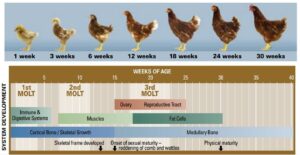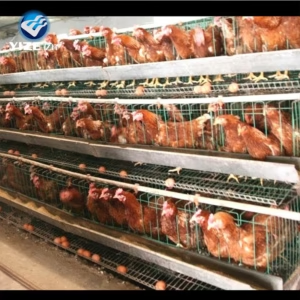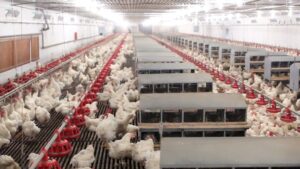Speciation is the evolutionary process by which new biological species arise. It occurs when populations of the same species become genetically different enough that they can no longer interbreed successfully. Speciation leads to biodiversity — the great variety of life on Earth. Speciation results in two or more distinct species from a single ancestral species.
Thank you for reading. Don't forget to subscribe & share!
Steps Involved in Speciation
Isolation of populations: (Physical, ecological, behavioral, or genetic barriers separate groups.)
Genetic divergence: (Mutations, natural selection, and genetic drift cause populations to evolve separately.)
Reproductive isolation: (Eventually, members of different populations cannot mate successfully.)
Types of Speciation
1. Allopatric Speciation (Geographic Speciation): Occurs when populations are physically separated by a barrier (mountains, rivers, oceans, etc.). Over time, the isolated populations evolve into different species.
Example: Darwin’s finches on the Galápagos Islands evolved differently on each island. Physical separation is essential.
2. Sympatric Speciation (Same Place Speciation): Occurs without physical separation. New species form in the same geographic area through ecological, behavioral, or genetic differences.
Example: Certain insects specializing on different host plants evolve into different species. No geographic barrier — changes happen within the same area.
3. Peripatric Speciation: A small population gets isolated at the edge of a larger population’s range. Because the small group is more affected by genetic drift, it evolves rapidly into a new species.
Example: Island species formed from mainland ancestors. Small, isolated population with faster changes.
4. Parapatric Speciation:Occurs when two populations are partially separated — they are next to each other but not completely isolated.Limited gene flow happens between them, and differences accumulate.
Example: Grass species adapting to different types of soil (polluted vs. clean). Neighboring but different environments.









